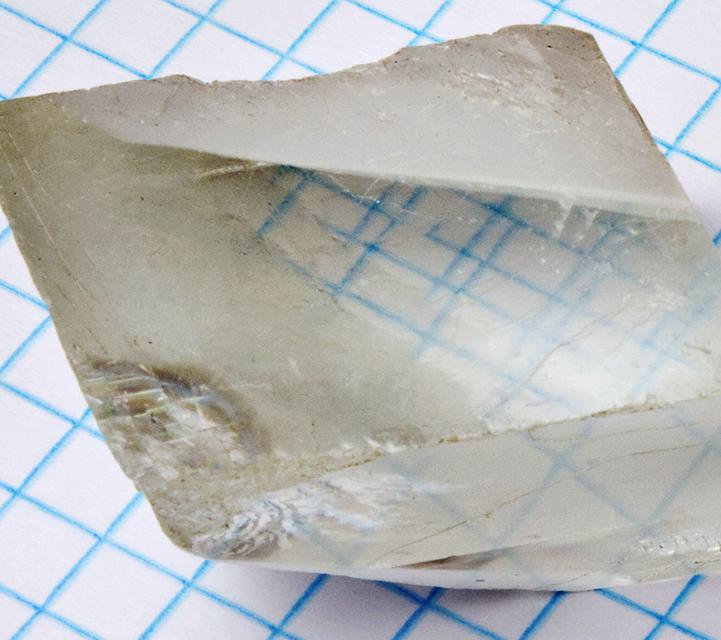Birefringence

- 17 Mar 2025
Context:
Birefringence, or double refraction, is an optical phenomenon observed in certain anisotropic materials where a single light ray splits into two rays upon entering the material. Each ray travels at a different speed and experiences a different refractive index based on the direction of light propagation and its polarization.
Refraction vs Birefringence
- Refraction is the bending of light as it passes from one medium to another due to a change in speed. It is governed by the refractive index, defined as the ratio of the speed of light in a vacuum to its speed in the medium.
- Birefringence occurs when a material has multiple refractive indices in different directions, causing light to split into two rays.
Key Terms
- Refractive Index:
- Vacuum: 1
- Air: ≈1.0003
- Glass: ≈1.5
- Diamond: ≈2.4
- Polarization: The direction in which the light’s electric field oscillates. It influences how light behaves in birefringent media.
Types of Materials
- Isotropic Materials:
- Structure is uniform in all directions.
- Refractive index is the same regardless of direction.
- Examples: Glass, Sodium Chloride (NaCl).
- Anisotropic Materials:
- Structure varies along different crystal axes.
- Show different refractive indices in different directions.
- Exhibit birefringence.
- Examples: Calcite, Quartz, Mica, Tourmaline.
Sources of Birefringence
- Natural Birefringent Materials: Calcite, Mica, Quartz.
- Synthetic Birefringent Materials: Barium borate, Lithium niobate.
- Induced Birefringence: Can be generated by applying mechanical stress, electric, or magnetic fields to otherwise non-birefringent materials.
Applications of Birefringent Materials
- Liquid Crystal Displays (LCDs)
- Medical and Polarising Microscopes
- Optical Switches and Waveplates
- Laser Technology
- Nonlinear Optics (e.g., Frequency Converters)
